REVIEW – I ended an extremely emotionally and nervously stressful, yet epic game last night when I saw the final shots of The Last of Us Part II. During the bloody revenge campaign of the two protagonists, I struggled bitterly every minute of my life on the ruined streets of Seattle, with fungus-infected mutants, a fanatical militia organization, and an even more manic, brainwashed sect.
Thirty hours of an intense emotional roller coaster, nerve-wracking stealth, bloody and cruel, and even inhuman, life-and-death battles with really chillingly frightening mutants, and sectarians, militiamen, gang members who have completely lost their human nature in a horror-action game whose main theme is survival. All of this spiced up with a prime yet avant-garde story: that’s what The Last of Us Part II is about, which is twice as long, at least twice as cruel, and exponentially more powerful emotionally than the previous part.
Yet these are not qualities we could say too often about video games. The gaming industry has evolved tremendously over the past 20 years in terms of storytelling, but this has been mostly about the way interactive storytelling is done: in some cases, almost photorealistic, or at least extremely detailed graphics or professional dubbing. Of course, in the case of AAA games, there were already some thought-provoking quality story, up to the level of a classic film (for example Red Dead Redemption 2), but it’s pretty rare.
It’s clear that in the history of video games, you’ve never been able to tell a story in such an innovative way, alternating different time planes (á la Tarantino), and playing with two different characters. While The Last of Us Part II has made extremely “bold” decisions about its story, even its critics need to acknowledge that there is no shortage of innovation.
There is no light at the end of the tunnel here
Well, let’s put a little in the picture those who missed the previous part for some reason. We are in 2038. Twenty-five years earlier, a fungal infection had bitten all over the Earth (which is ironically somewhat nature’s revenge), turning the majority of the human population into a kind of zombie-like creatures.
Five years earlier, Joel Miller, an initially cynical and self-serving smuggler, was traveling through the U.S. with his female partner, Tess, and 14-year-old Ellie, who was immune to the infection. Once Tess is gone, and Joel is left alone with Ellie, it would have been his job, in principle, to take Ellie to a scientist-research doctor who could find the right cure for humanity, but then Joel finds out that Ellie won’t survive the surgery that “takes” the cure out of her. He kills everyone in the hospital to save the girl before the fatal operation.
When The Last of Us Part II begins, Ellie and Joel live in Jackson, Wyoming, a village that is relatively sheltered from the infected. However, the relationship between the two main characters from the first game has already deteriorated sharply. A tragedy happens and Ellie will go to Seattle for revenge.
The Last of Us Part II is amazingly dark, depressing, often cynical and nihilistic. As you voyage through a post-apocalyptic, ruined Seattle, you’ll find mutant, deformed corpses, or undead everywhere, with written memories that witnessed the catastrophe that struck after the spread of the infection. And in addition to horrible-looking mutants, you have to fight life-and-death with militiamen, gangs, and members of a brainwashed, self-mutilating, self-injuring sect. There is no grace, no forgiveness, here the only rule is “kill or be killed”. The game shows our worst qualities: a humanity that is unable to unite and help each other even when most of it is extinct due to the infection.
Without spoiling, I’ll reveal that while the first The Last of Us was like a more focused, epic road movie that told Joel and Ellie’s journey to Firefly base, the sequel is more reminiscent of a TV series (while we know that also comes with the Netflix series), with many more characters (including two separately controllable ones), the aforementioned time plane changes, random encounters and decisions, scenes. The main theme of the story is about relentless blood revenge and all its aspects and results. Many (especially right-wing or far-right-minded people) scolded the game for promoting diversity, including Ellie’s lesbianism (which we have known since The Last of Us DLC), Abby’s masculine looks (who gradually understands her motivations, understands that as well), why she became such a “super-soldier), and diverse characters from many nations.
Sometimes the story goes indeed a bit too far: for example, in the first stage, some of the romantic scenes and dialogues between Ellie and Dina are a bit annoying (no matter what gender) and perhaps the dialogues of gender identity in one of our characters is a little too much, given that in a post-apocalyptic world (and in light of what the character in question has to experience anyway), people are perhaps the least concerned with this issue.
However, these little annoyances are a negligible part of the story, and those who cry out for “SJW agenda” and the like did not play the game and experience themselves the bloody life-and-death battles or get to know the character’s actual motivations. The story of the game is clearly avant-garde, we have only seen such storytelling in movies so far, but at the same time it is first-rate and the ending hit me so much that I was under its influence for days, even though I can hardly be influenced by any medium (film or video game).
Just quietly, so Ellie doesn’t die…
As with the story, Naughty Dog upped the ante on everything in The Last of Us Part II’s gameplay – while retaining the original gameplay elements. Many parts of the game take place in the dark, in the shadows, in abandoned, ruined buildings, in underground tunnels, in passages. The people and the undead who hunt us are smarter, more brutal, and far more numerous than in the previous game. Whether they are still alive or undead, they want to kill us, tear us apart, feast on our body, or just infect us to belong to them. (The latter doesn’t matter to Ellie, for she’s immune.) In over nearly 30 hours of playing time, The Last of Us Part II deftly dispenses these two types of enemies: we’ll meet them in roughly equal proportions now, and we’ll have to deal with them with the most varied tactics. also depending on what weapons we have right now.
I played on hard level through The Last of Us Part II, and that’s also the right level of difficulty (pretty much this counts as “normal,” “moderate” is too easy, just like in the previous part), even so, I had plenty of ammo left in the last stage of the game because I rather stealthily dealt with the enemy. The sneaking gameplay reminiscing Splinter Cell is perhaps the greatest strength of The Last of Us Part II, thanks to the high-level AI and the plethora of attack and killing possibilities. It is a huge experience to execute human enemies one after another as a real professional assassin, while it is thrillingly exciting and scary experience when you try to take out the bronchial, salivating, fungus-infested undead one by one from the already completely mutated “clickers” (the latter are better to avoid.) We also get some new monster types that are much harder to deal with than the mutants familiar from the first parts. At the same time, our arsenal of weapons and their accessories has been expanded. The most important of is perhaps the pistol-mounted silencer, with which we can silently kill most human enemies with headshots, as well as those that have not yet fully mutated. The silencer thoroughly expands our tactical possibilities (and thus the enjoyment value of the game has also increased compared to the previous part), so it’s worth saving raw materials for it.
Rambo would bleed here
Many times, of course, we are spotted by either soldiers, sects, gang members, or mutants and we will be involved in a firefight. The AI of the human enemy has also been noticeably better than the previous game, Uncharted 4 or Lost Legacy: they take cover, try to encircle it, and rarely anyone unreasonably runs to us. They aim very well, so don’t run to any human enemy face to face. This is when we not only take a good deal of damage, but we are also paralyzed for several seconds as the force of the projectiles pushes us back, while of course, we get the next shot. When they see us, it’s not worth trying with an arrow or a silencer gun, it’s time for the shotgun, flamethrower, or other weapons with stronger firepower. By the way, it is better to deal with the enemies in the immediate vicinity, then run away, hide (if possible) and not wait for the others, because if we are already surrounded, there is a fair chance of survival. If they lose sight of our hero, we can be stealthy again, which is the main game element of Part II as well.
The gameplay is focused on killing, the action-adventure elements are negligible, although there is also a strong emphasis on discovery and finding a way out. At the beginning of the game, when we first arrive in Seattle from Jackson, we get a “pseudo-open world” part of the game, consisting of “hubs” (various buildings), which somewhat reminded me Uncharted: Lost Legacy the only difference is that here we have to travel between different places on a horseback, instead of a jeep. Luckily, the game doesn’t force kind of semi-open world later, because in Lost Legacy, it was way better done. Thus, the fact that we only meet him for a relatively short time is an interesting highlight of The Last of Us Part II as a whole.
Later, the game becomes basically much more linear, but we come across so many amazingly varied and professionally designed levels and buildings that the game remains exciting all the way to the end.
It is also worth mentioning the skill system, which at first seemed to me a but stupid compared to the previous one, which was more free to choose from (albeit with much less ability) since there are skill tree branches where you only get the lowest skills if you gradually go through them. At first, this seemed like a cheap and somewhat annoying solution because the amount of “pills” that could be found was quite finite and at first we could only see one skill branch. Later, however, as we find textbooks, we gradually acquire new skill branches, so I soon realized that this system is also better overall than in the previous section. It is definitely worth trying to develop different skills when playing it through multiple times.
Photorealism
Although it is obvious that compared to the 2013 E3 demo, the graphics have undergone a rather serious downgrade, but even so this is perhaps the most beautiful title of the PS4 generation. In terms of the detail, elaboration and photorealistic features of the graphics, the game is unparalleled, the cliché text “as if you were directing a movie” is maximally true here. Every corner of the ruined city of Seattle is amazingly detailed and especially creepy, as the destruction of civilization unfolds before our eyes as a kind of warning sign.
As far as human characters are concerned, each of the more or less important characters has also been worked out extremely meticulously by the graphic artists, only lesser NPC are bit lower in graphical quality. The appearance of the monsters, on the other hand, are all impeccable with the appearance of the mutant dead at different stages of the fungal infection is nerve-wrackingly realistic, and when they kill our heroes, it evokes the harshest horrors.
Of course, the little “islands of peace” are not lacking now, as, in the previous part, we now come across several such places, the elaboration of which we will also be able to click with satisfaction. When we walk in summer, wooded locations, for example, as we can see trees swaying in the wind reflected in real-time in the clear waters of rivers, its view is simply lavish. By the way, I can’t wait to try the game on PlayStation 5 as well, as the graphics there are expected to be close to what I saw on the 2018 E3.
Perhaps the only rougher graphic flaw was an antialiasing bug that appeared in certain locations in the game, on certain objects, but this is – while annoying – dwarfed by the amazing visuals.
The horror game of the generation
The Last of Us Part II is professional, artistic, avant-garde survivor horror game, not only because of the fighting and hiding, mutilation, and amazing apocalyptic ambiance, but also because of the horrors the two protagonists experience. If you’re a little empathetic, the way you live to the end of the story, you’re guaranteed to love them and you’ll feel the maximum of the physical, mental trauma they’ve been through. It is a cruel, bloody, often cynical and yet thought-provoking tale. Whatever you know about the game so far, the journey here matters, not just the ending, which you will only understand and feel through this extremely memorable, thirty-hour, bloody adventure that will stay with you for days after viewing the end credits.
-BadSector-
Please support our page theGeek.games on Patreon, so we can continue to write you the latest gaming, movie and tech news and reviews as an independent magazine.
Become a Patron!
Pro:
+ An avant-garde, epic story that tells the tale of revenge from multiple sides
+ Throat-thrilling, action-packed action adventure with horror and tactical elements
+ Amazing visuals
Against:
– If you can’t stand the protagonists and the diversity
– Antialiasing graphics bugs, slightly retracted graphics compared to the E3 2018 demo
– The first stage, which starts a bit bumpy, with a hubic half-open world solution
Publisher: Sony Interactive Entertainment
Developer: Naughty Dog
Genre: survivor-horror, action adventure
Release date: June 19, 2020
The Last of Us Part II
Gameplay - 8.8
Graphics - 9.4
Story - 9.2
Music/Audio - 9.2
Ambience - 9.4
9.2
EXCELLENT
The Last of Us Part II is professional, artistic, avant-garde survivor horror game, not only because of the fighting and hiding, mutilation, and amazing apocalyptic ambiance, but also because of the horrors the two protagonists experience. If you’re a little empathetic, the way you live to the end of the story, you’re guaranteed to love them and you’ll feel the maximum of the physical, mental trauma they’ve been through. It is a cruel, bloody, often cynical and yet thought-provoking tale. Whatever you know about the game so far, the journey here matters, not just the ending, which you will only understand and feel through this extremely memorable, thirty-hour, bloody adventure that will stay with you for days after viewing the end credits.

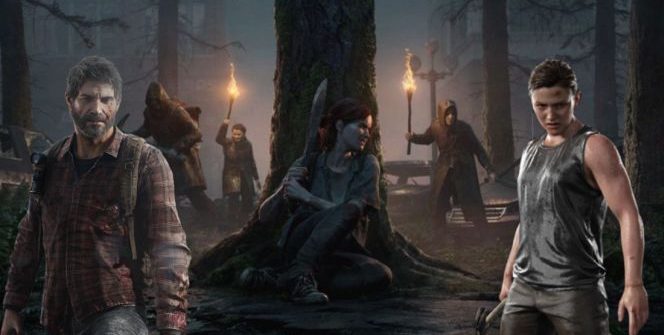
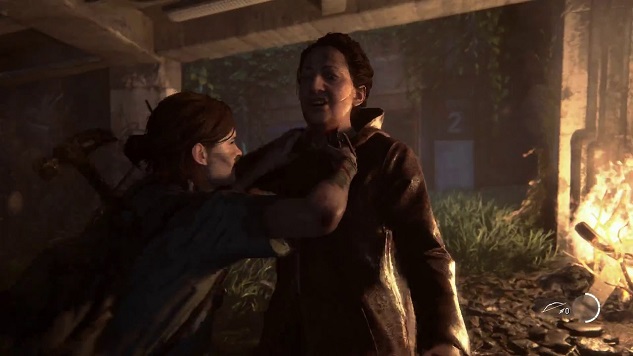
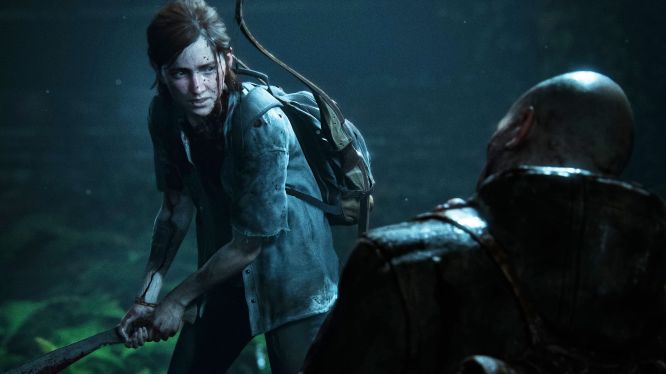
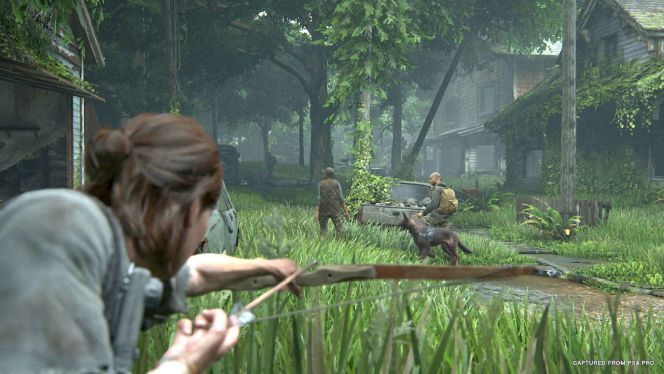
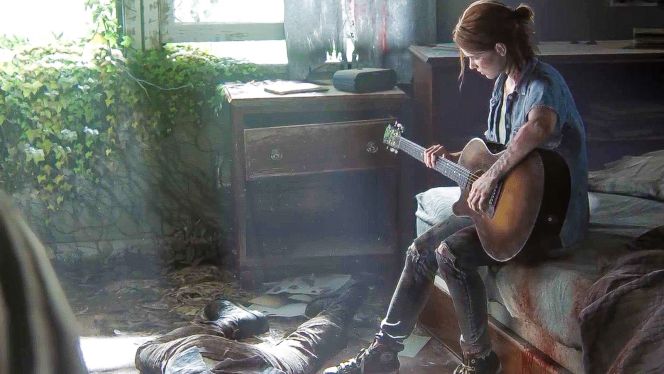


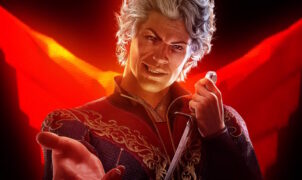
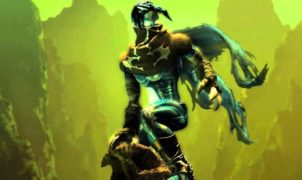





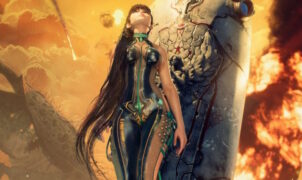




Leave a Reply